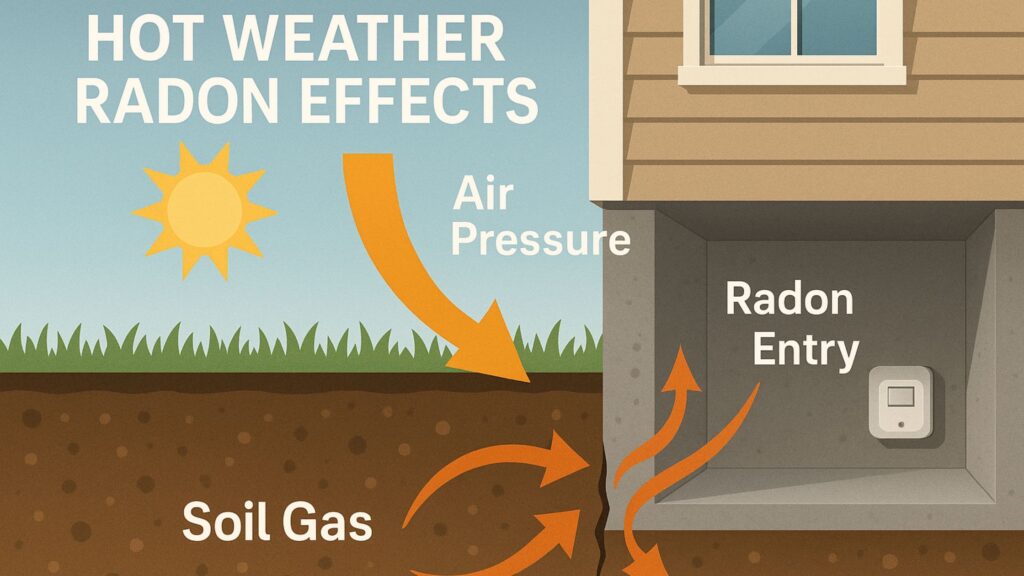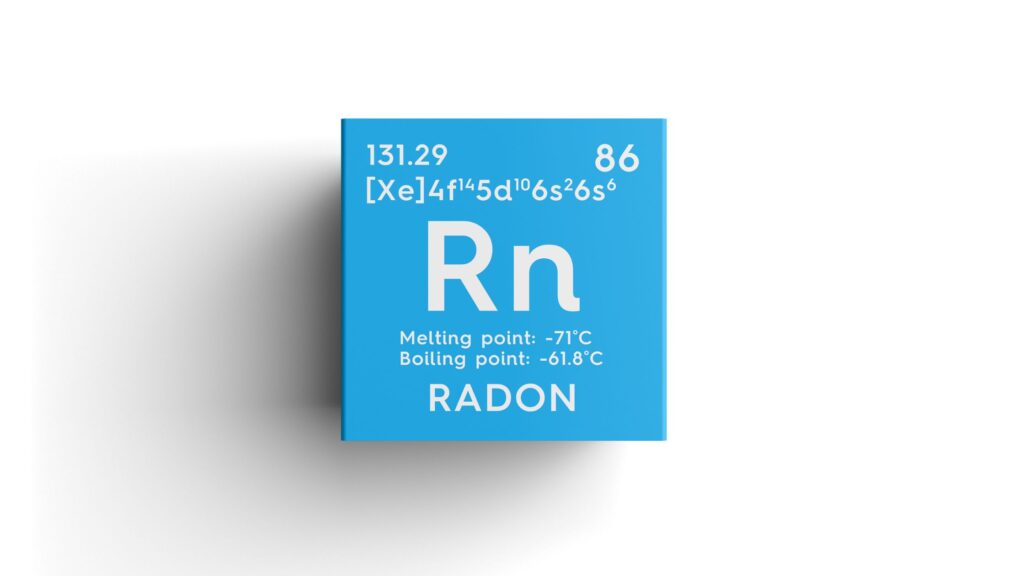Radon is a natural radioactive gas that can build up inside homes and put your health at risk. You can’t see, smell, or taste it—so many people don’t even know it’s there. That’s why it’s so important to understand “what is radon testing”. It’s the first step to keeping your home safe and your family protected. In this guide, we’ll explain the basics of radon testing, why it matters, how it works, and what you can do to keep radon levels under control.

Introduction to Radon and Its Risks
Radon is a gas that comes from the natural breakdown of uranium found in soil, rock, and water. You can’t see it, smell it, or taste it—but it can easily get into your home through small cracks in the foundation. Breathing in high levels of radon over time can increase your risk of lung cancer. In fact, radon is the second leading cause of lung cancer in the U.S. That’s why it’s so important to understand “what is radon testing” and take action if needed to protect your health.
What Is Radon Testing?
So, what is radon testing? It’s a way to check how much radon gas is in the air inside your home or building. Since radon can be dangerous if levels get too high, testing helps you find out if the air in your home is safe to breathe. The process usually involves placing a small device in your home for a few days to measure the radon levels. After that, the device is sent to a lab to see how much radon is in the air.
Testing is the only way to know if your home has a radon problem—because without it, there’s no way to tell. That’s why radon testing is so important for keeping your indoor air healthy and safe. Learn more about Radon Mitigation System Cost to Install.
Why Radon Testing Is Important
Many people don’t realize how dangerous radon is since it’s invisible and odorless. However, it poses serious health risks. The EPA recommends indoor radon levels stay below 4 picocuries per liter (pCi/L), as higher levels over time can harm your lungs.
Knowing what radon testing matters because radon levels vary greatly between homes—even neighbors can have different levels. Newer, tighter-built homes can trap radon inside more easily. That’s why regular radon testing is essential to detect and fix problems early.
Radon testing is also important when buying or selling a home, as many buyers request tests to avoid hidden health risks.
Types of Radon Testing Methods
To fully understand radon testing, it helps to know there are two main types:
a) Short-Term Radon Testing
These tests last 2 to 7 days and use small devices like charcoal canisters or electronic monitors. They provide quick results and are perfect for fast checks or during home sales. However, radon levels can vary daily, so short-term tests might not always be completely accurate.
b) Long-Term Radon Testing
Lasting from 3 months up to a year, these tests use alpha track detectors. Because they measure radon over a longer time, they give a better idea of the average radon level and offer a more reliable risk assessment.
Choosing the right test depends on your needs. For a quick check, short-term testing is fine. For a thorough and accurate reading, long-term testing is best.
When and How to Conduct Radon Testing
The timing of these testing affects its accuracy. Experts recommend testing during colder months when homes stay closed, helping keep radon levels steady. However, you can test anytime if windows and doors remain mostly shut during the test.
For the best results:
- Place the test device in the lowest lived-in area, like a basement or ground-floor room.
- Avoid drafts, humid spots, kitchens, and bathrooms.
- Follow the test device instructions carefully for timing and handling.
If you prefer, certified radon professionals can perform testing with specialized equipment to ensure precise results.

Interpreting Radon Test Results
Once you receive radon test results, you need to know what to do next. Radon levels are measured in picocuries per liter (pCi/L). The EPA recommends action if radon levels exceed 4.0 pCi/L.
- Below 2.0 pCi/L: Considered low risk, but retesting every few years is wise.
- Between 2.0 and 4.0 pCi/L: Moderate risk; consider mitigation or retesting.
- Above 4.0 pCi/L: High risk; take immediate steps to reduce radon levels.
Understanding your results helps decide whether mitigation measures are necessary to protect your household.
Recommended Steps After Testing
If your test indicates high radon levels, you should not panic but act swiftly. Professional radon mitigation services can install systems that reduce radon levels effectively. Common methods include:
- Sealing foundation cracks and openings to block radon entry.
- Installing ventilation systems, such as sub-slab depressurization to vent radon outdoors.
- Increasing under-floor ventilation or using radon sump systems.
Additionally, after mitigation, retesting ensures the radon levels have dropped to safe levels. Regular of these testing every two years helps maintain a healthy indoor environment.

Conclusion
In short, understanding what this testing is gives homeowners the power to protect their health and their homes. This testing helps find this harmful gas early—before it can cause serious problems. When you know the risks, how testing works, the right time to test, and how to read the results, you can take the right steps to keep your home safe.
For trusted radon testing and removal services, consider reaching out to the experts at DSM Radon. They provide thorough testing, certified knowledge, and effective solutions designed just for your home.





